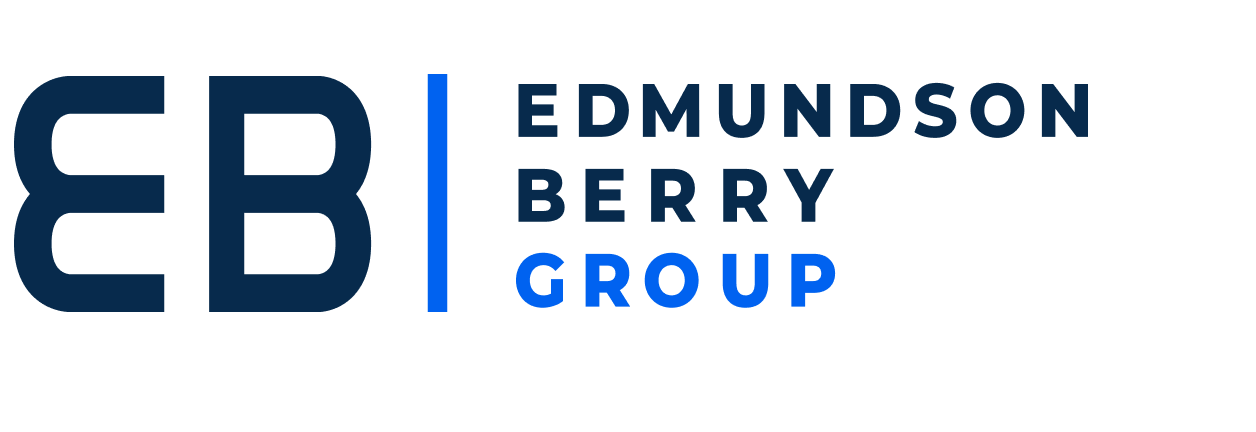- February 25, 2014
- Posted by: jsagar@marketingmo.com
- Category: Marketing and Distribution
You will probably answer Yes since you’ve built a company from scratch or are running a company that someone else started. But your offering is much more than just the products or service that you sell.
Apple doesn’t sell computers, phones and MP3 players. Apple sells an experience. Do people go to Starbucks because they like expensive coffee? Or do they go for the experience and the uniqueness of how it makes them feel? Do people flock to Zappos because of their prices? No, they buy from Zappos because they trust them and like to see a product and service delivered with a true purpose of serving the customer.
You must have noticed that the market has evolved to the point where people don’t buy on features and benefits. People buy on emotions and look to justify their feelings with business facts!
Your true offering to the market is more than just your widget – it’s your brand which includes your company vision, your core values and the leadership that makes the key offering decisions. All of these must support your company’s purpose. All work together to create the foundation that supports your offering in the marketplace.
Communicate What You Stand For
Take a moment to think about what your brand stands for. Put yourself in your customer’s shoes. What do you represent? Why do people care about doing business with you?
If you’re not clear, start by thinking about your company purpose. Many CEOs have one, but they haven’t built it into the fabric of their offering. If your employees and your market can’t articulate your purpose, you haven’t communicated it effectively.
And remember, your purpose should never be to make money. Yes, making money is essential, it’s the table stakes that allows you to remain in the game, but it really is just a byproduct from achieving success by delivering value to your market. If your sole purpose in business is to make money, you are actually working against that very purpose. It’s a bit counterintuitive, but you must come to understand that your customers and potential customers will quickly feel it when your reason to be in business is only to make money. They will sense it in your sales effort, they will realize it in your customer service approach and they will resist that approach. When that occurs, your sales become stagnant for a while and then begin to diminish quickly. You make the real money when you truly deliver a product or service based on a genuine purpose.
Great companies — those that will be viable in the next 5 years and beyond — are those that have built a strong offering foundation and actively promote their purpose. It’s a commitment to that vision, that purpose, and the foundation that supports their offering to make sure it’s viable tomorrow.
Examples
To see this in action, let’s look at a company everyone knows — Southwest Airlines. 
While everyone else sold airline tickets, Herb Kelleher, the founder of Southwest, sold something else. He sold the promise of a low-cost flight in a fun environment. Every company decision he made had to support that purpose.
Bigger jets? Routes to expensive hubs? Fancy sandwiches on flights? The competition was doing it, but since none of these supported his purpose, he avoided all of them to stay true to his vision.
The airlines are a tough business. The booms are great, but the busts always cause some to go under. While everyone else is merging or bleeding red ink, Southwest’s commitment to their purpose, to their foundation, to Herb Kelleher’s vision, has paid off. Southwest’s offering continues to get stronger, becoming more viable for the future.
Another example is salesforce.com.
Marc Benioff left Oracle in 1999 and started salesforce.com in a rented apartment in San Francisco. He and a small engineering team built a version of sales force automation software, or CRM, which was accessed through their website instead of loaded directly onto customers’ servers.
What was his vision and purpose? It wasn’t to create a better CRM product and make lots of money. His purpose was, and still is, to make enterprise software as easy to use as a Web site like Amazon.com.
At the company launch, he boldly used the slogan “No Software” in his logo. It became the mantra that supported the company’s purpose. Surprisingly, he did this when salesforce.com was still a start-up. His widget wasn’t even viable yet.
Most companies simply start out trying to sell their widget to generate revenue and grow. Salesforce.com started out with a clear purpose that still drives them today.
More than a decade later, Marc’s vision is being realized. Salesforce.com is a public company with over 3 billion in revenue, over 100,000 customers and an estimated over 10 million users. More importantly, the salesforce.com website now delivers almost 2,000 custom applications, built by other developers, but delivered through salesforce.com, eliminating their customers’ need for software.
These examples demonstrate the power of having a complete offering foundation. As you think about your company, is your vision and purpose clear? Do you have a strong offering foundation?
If you’re not sure, your offering might not be viable tomorrow, even if it is viable today.





